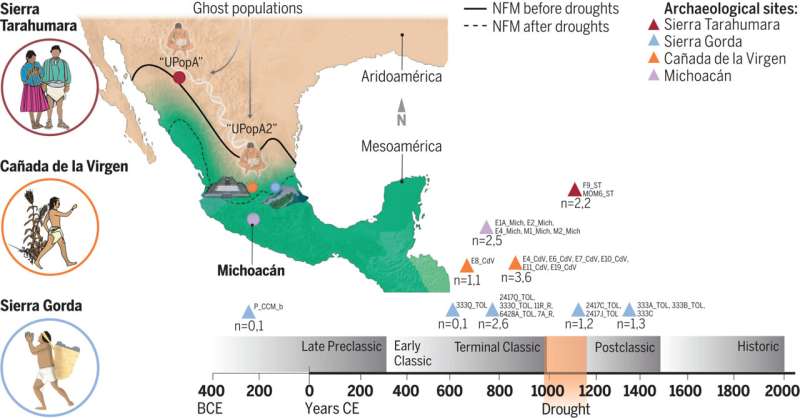Humans news stories
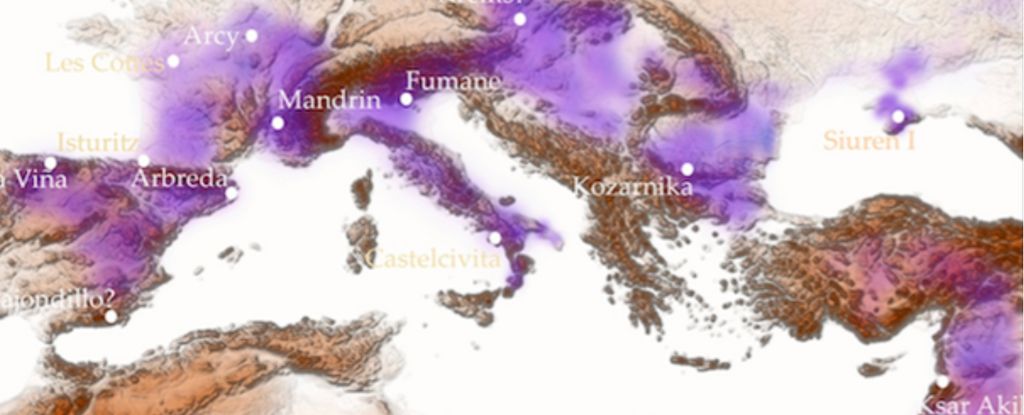
Scientists are rewriting the story of how modern humans first spread out of Africa, and it might contain more run-ins with Europe’s Neanderthals than previously recognized. See the study here.
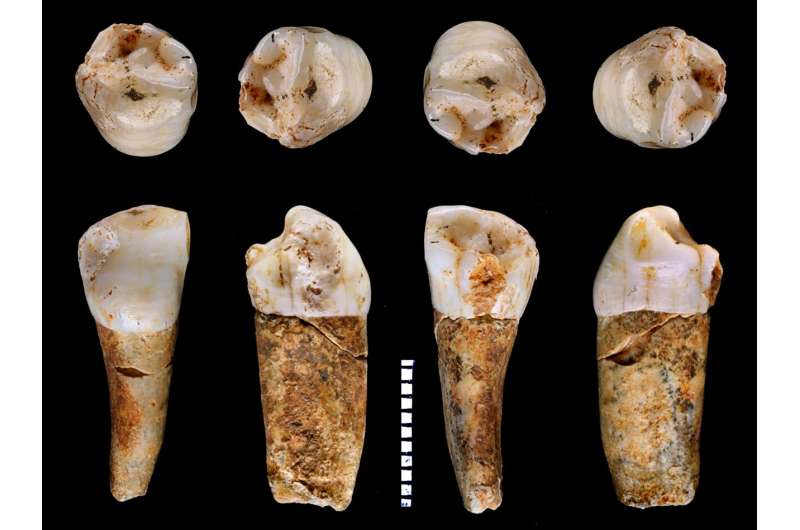
Their findings, published in the journal PNAS, show Neanderthals in the region were hunting fairly large animals across wide tracts of land, whereas humans living in the same location tens of thousands of years later survived on smaller creatures in an area half the size.
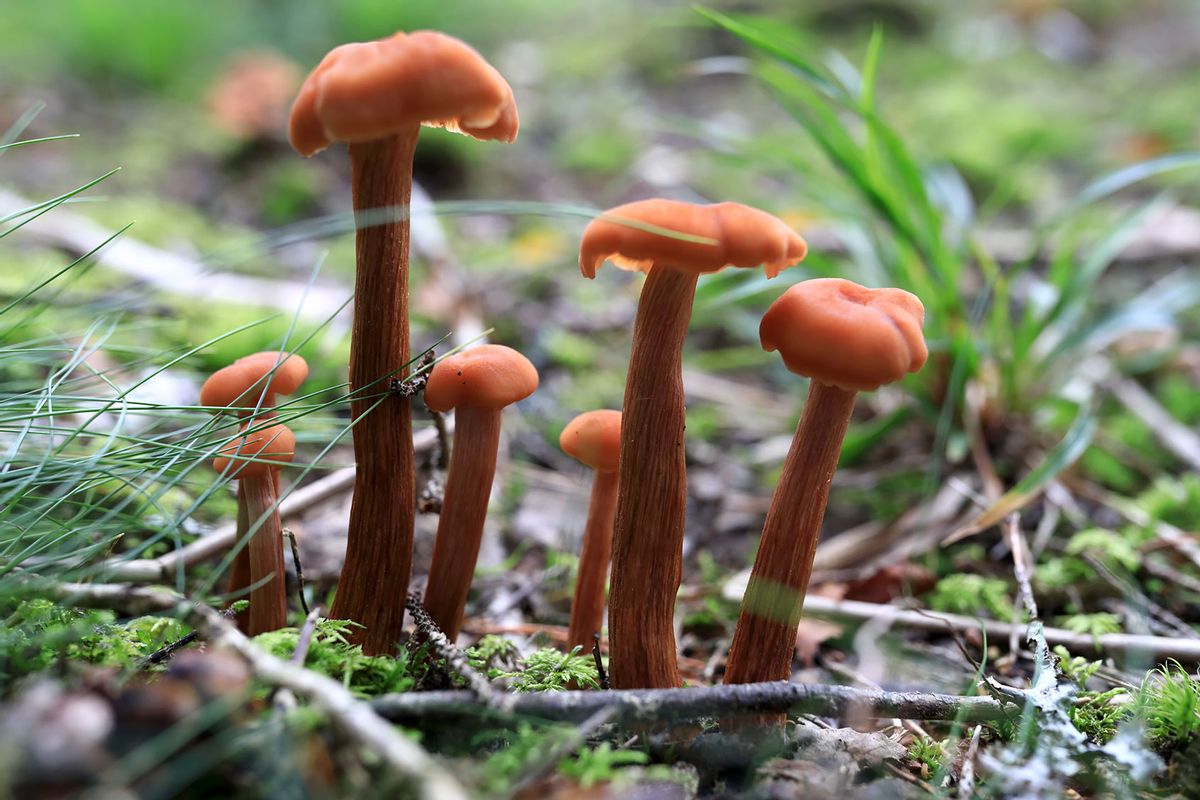
A new study in the journal Fungal Ecology found that a certain breed of mushroom seems to “talk” using electrical signals — and intriguingly, they get especially chatty after a nice rain. The way they talk after the weather — perhaps about the weather? — has not been reported before.
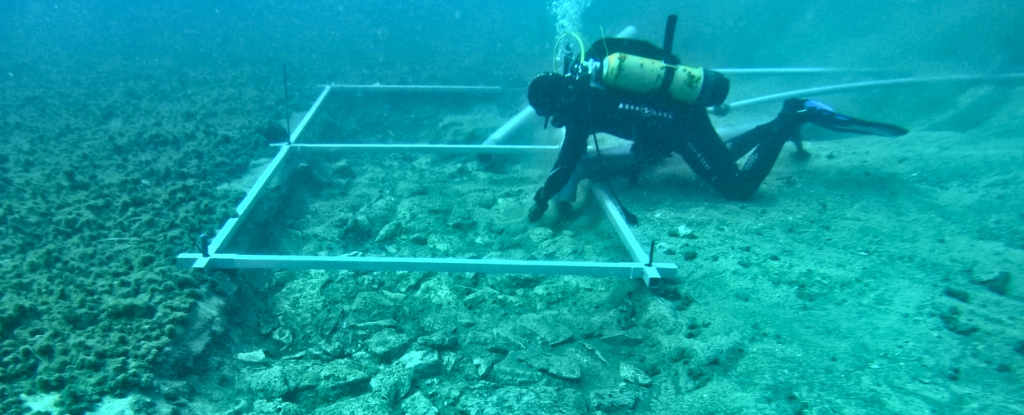
Archaeologists have unearthed the remnants of a 7,000-year-old road hidden beneath layers of sea mud off the southern Croatian coast.
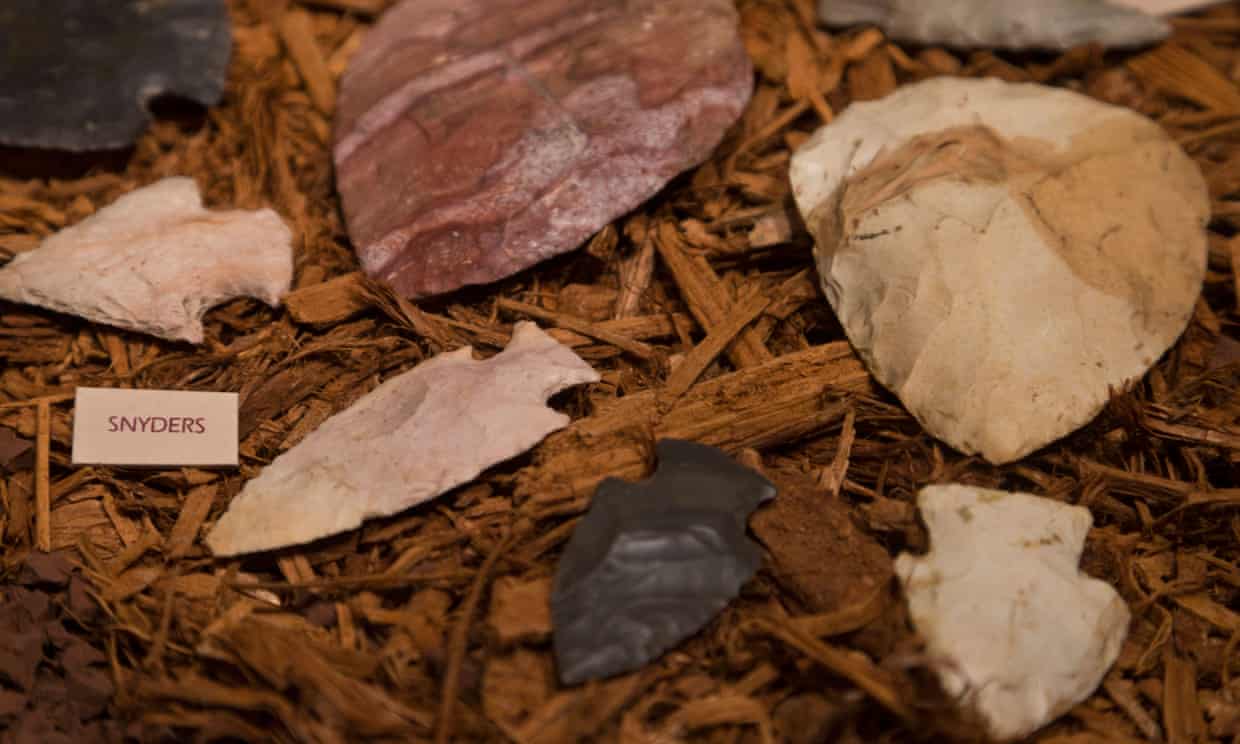
Some of the first humans to arrive in the Americas included people from what is now China, who arrived in two distinct migrations during and after the last ice age, a new genetics study has found.
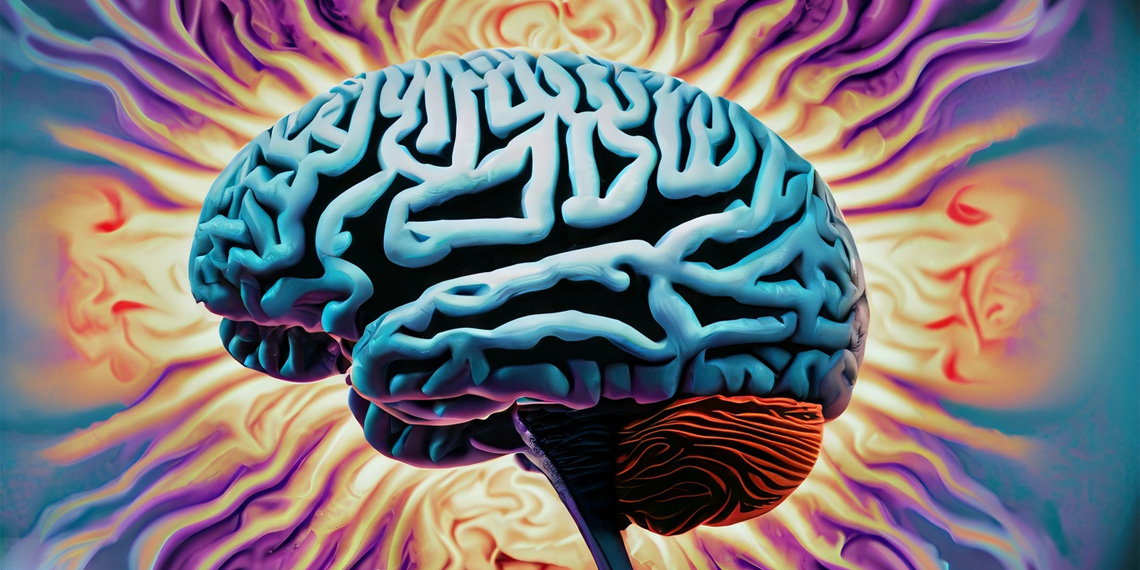
The psychedelic drug lysergic acid diethylamide (LSD) makes people learn faster when receiving feedback and enhances exploratory behavior, according to new research published in Psychological Medicine.
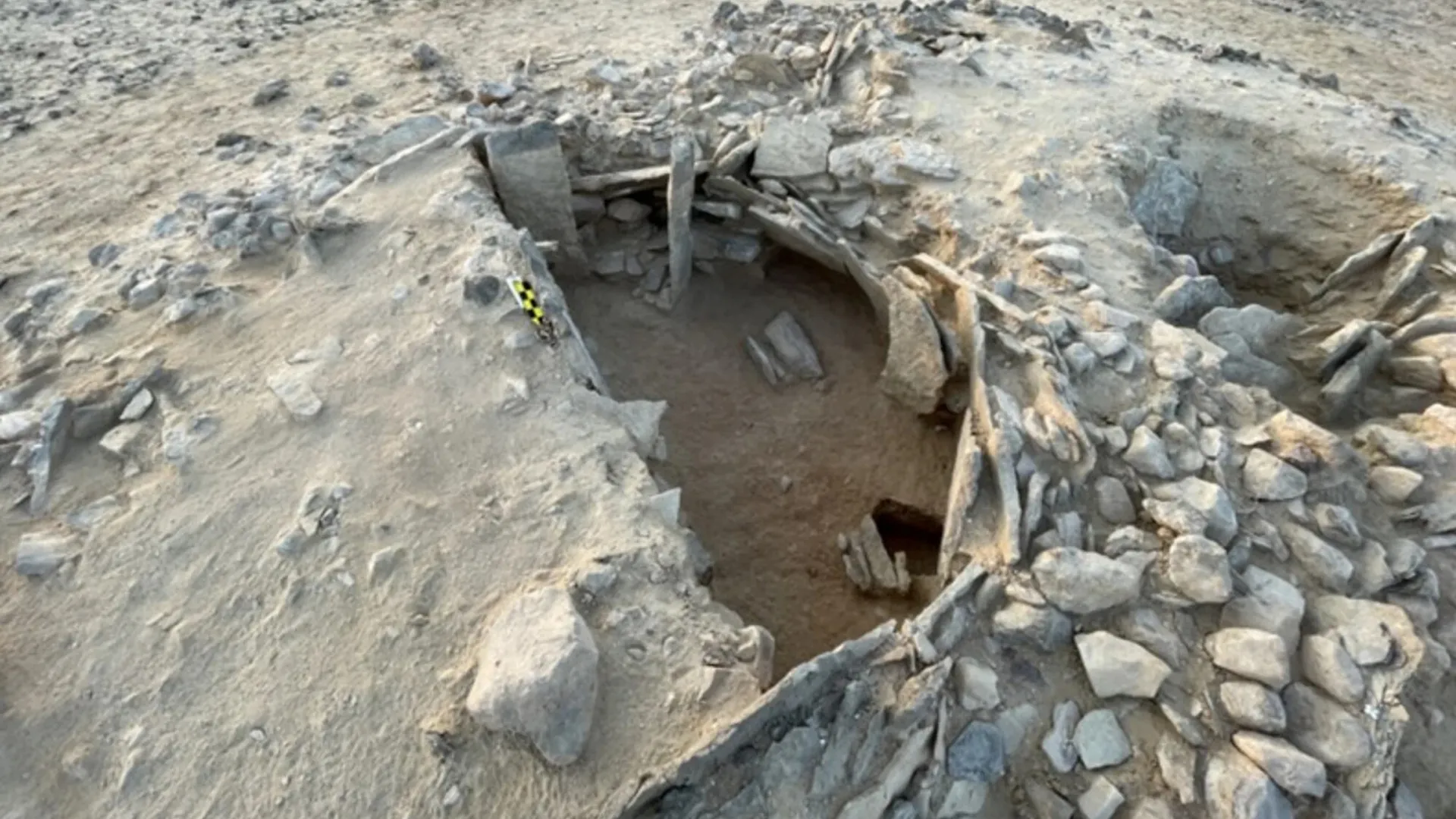
The tomb, near Nafūn in the country’s central Al Wusta province, is among the oldest human-made structures ever found in Oman. The burial area is next to the coast, but it is otherwise a stony desert.
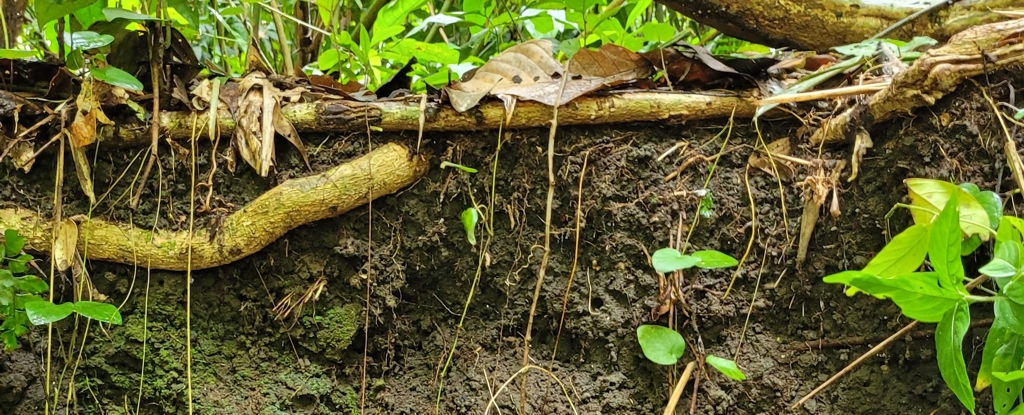
The traditional knowledge that once helped cultivate this precious ecosystem could now help it recover, according to new research by researchers from the University of São Paulo, the Brazilian Agricultural Research Corporation, and the National Institute for Amazonian Research in Brazil.
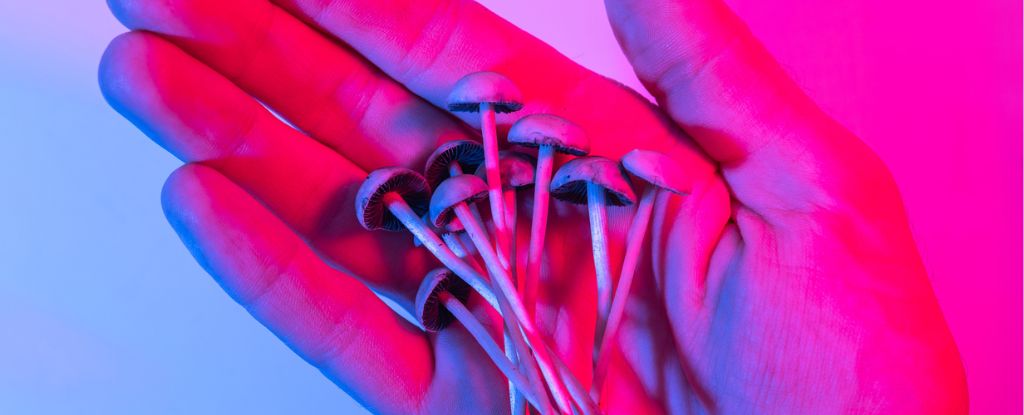
A recent case study describes a young 35-year-old male researcher in the United States, who claims to distinguish red and green colors better after taking psychedelics.
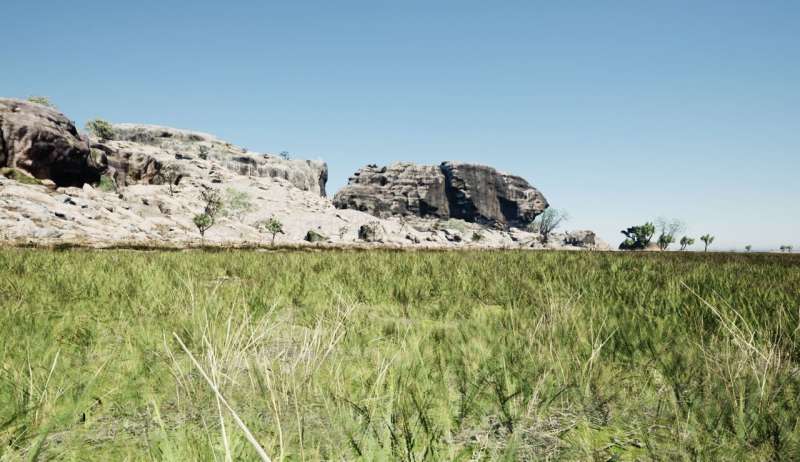
Scientists at Flinders University have used sub-surface imaging and aerial surveys to see through floodplains in the Red Lily Lagoon area of West Arnhem Land in Northern Australia. These ground-breaking methods showed how this important landscape in the Northern Territory was altered as sea levels rose about 8,000 years ago. See the research here.
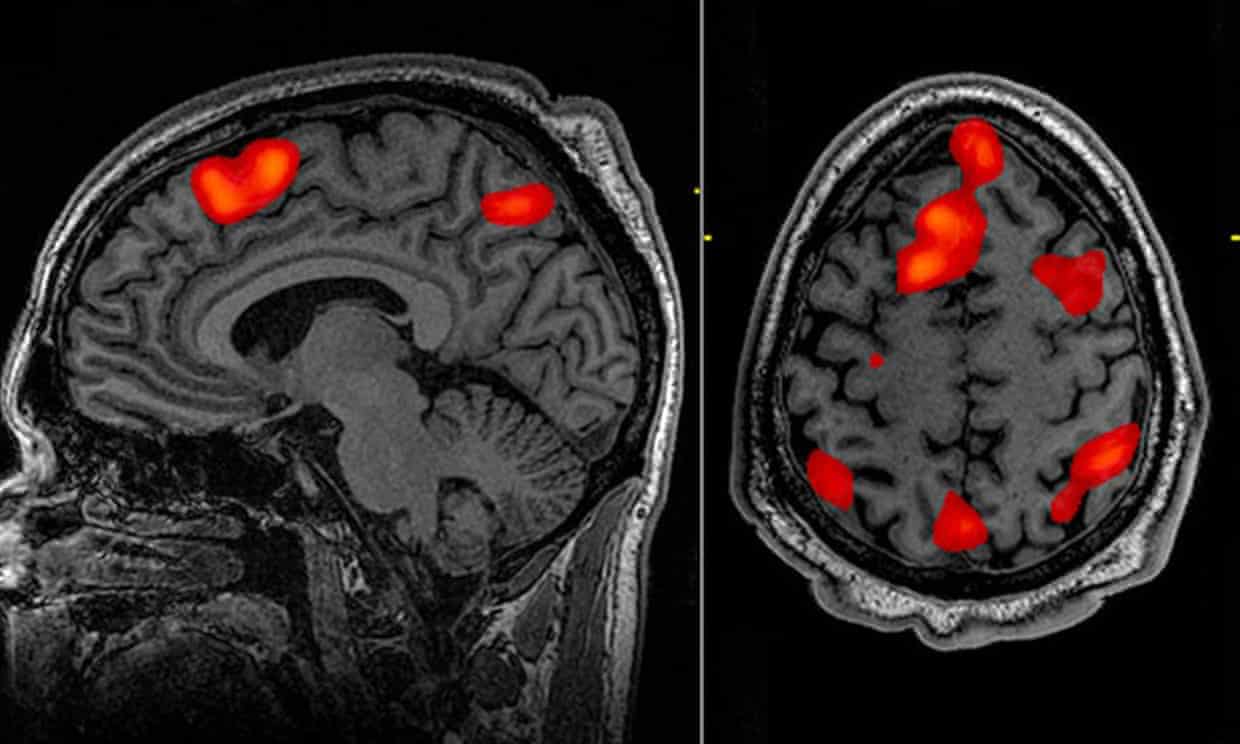
An AI-based decoder that can translate brain activity into a continuous stream of text has been developed, in a breakthrough that allows a person’s thoughts to be read non-invasively for the first time.
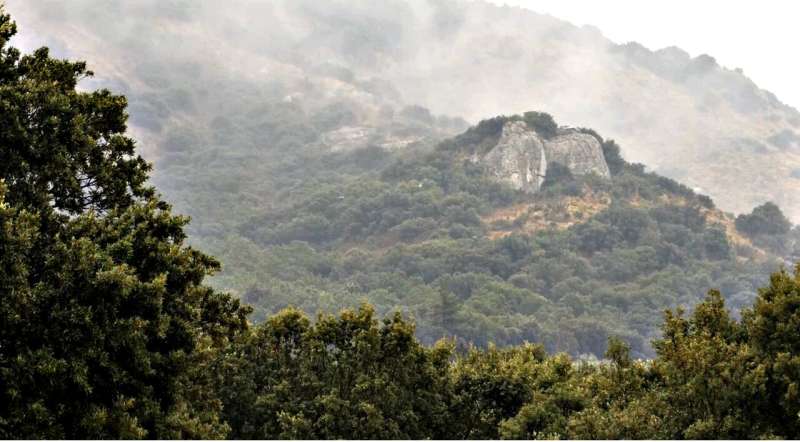
The first modern humans spread across Europe in three waves during the Paleolithic, according to a study published May 3, 2023.
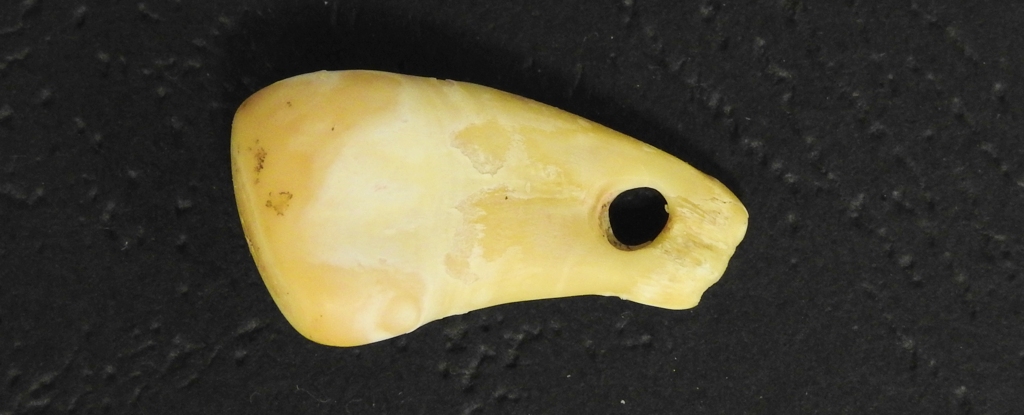
A pendant made from a deer’s tooth has turned out to be a veritable locket of genetic information left by an ancient woman who lived in Siberia some 20,000 years ago. See the study here.
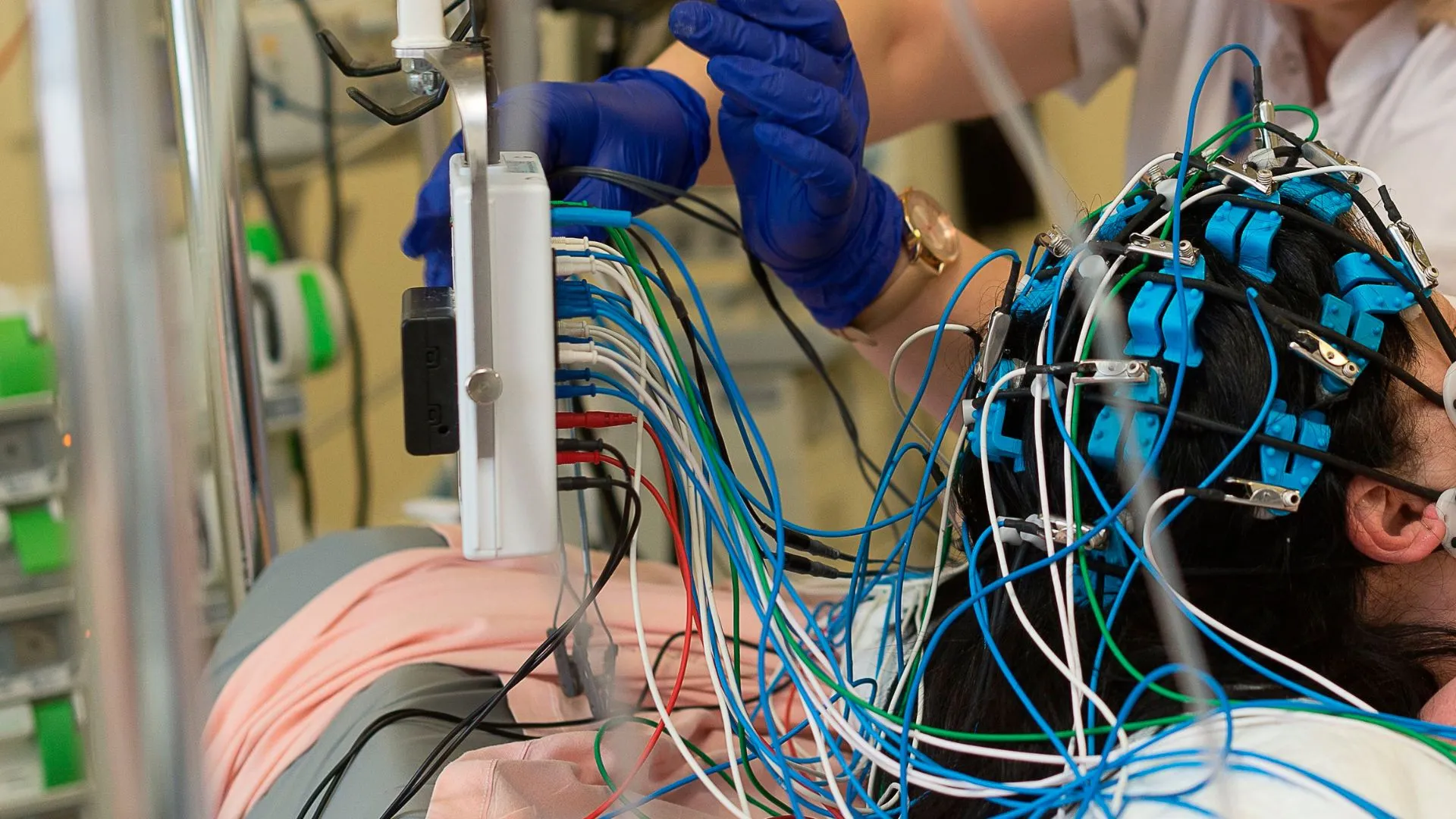
According to new research, published Monday (May 1) in the journal PNAS(opens in new tab), this surge can sometimes occur after a person’s breathing stops but before the brain stops functioning. The activity pattern is somewhat similar to what is seen when people are awake or in dreamlike states…
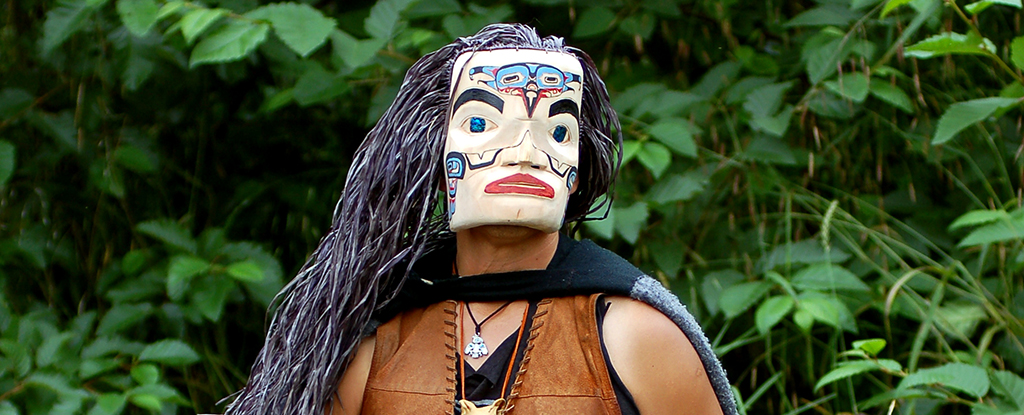
Sometimes you need to make sure you know what you’re looking at before its scientific value is made clear – and that’s the case with a 3,000-year-old piece of human bone initially thought to have come from a bear. The research has been published in iScience.





